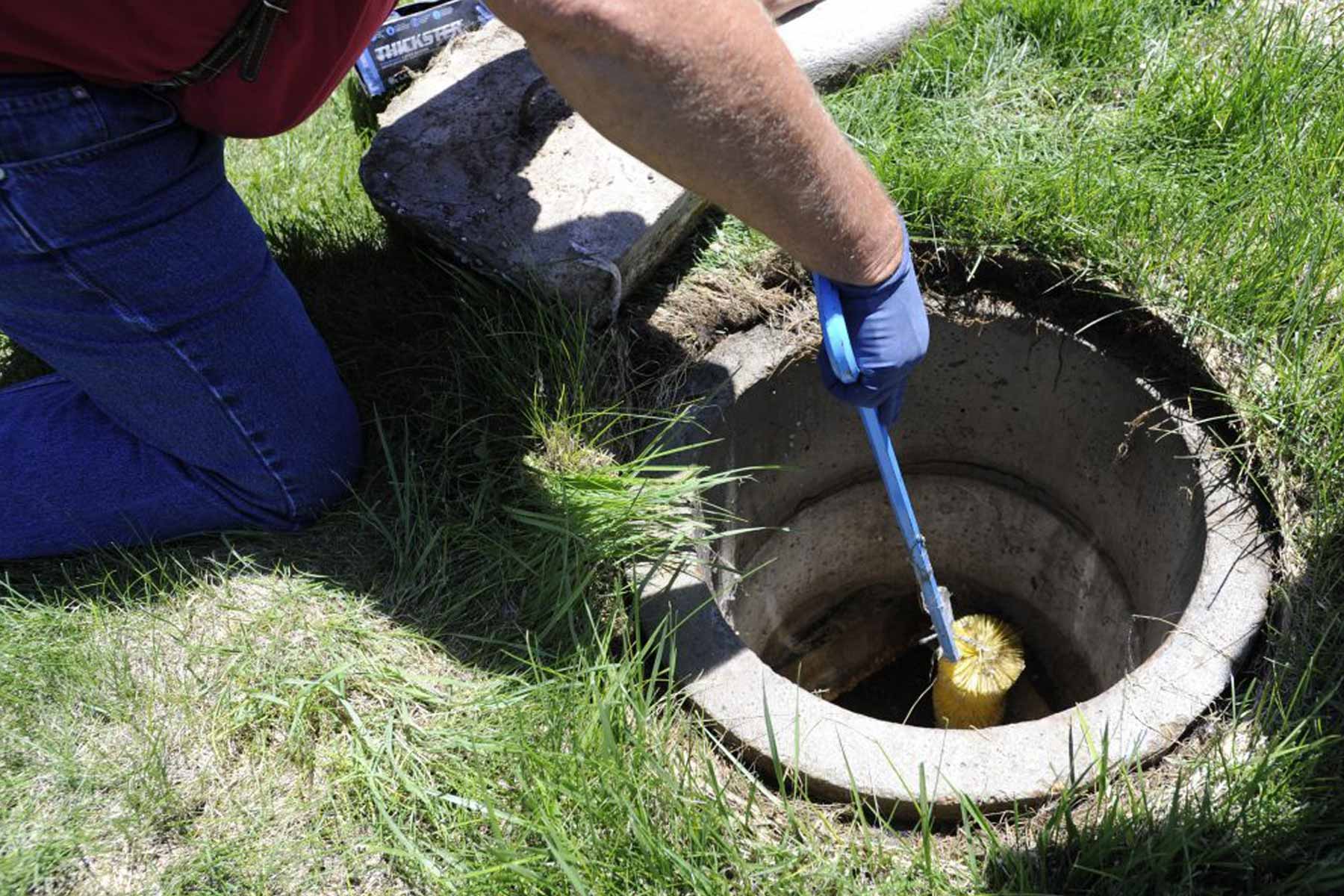The Basics of Water & Sewer Service Installation: What Every Homeowner Should Know
As a homeowner, there are numerous responsibilities that come with maintaining your property, ensuring its longevity, and providing a safe and comfortable environment for your family. One crucial aspect of homeownership is understanding the fundamentals of water and sewer service installation. While these systems are often hidden beneath the ground and out of sight, their proper installation and maintenance are vital for the overall functionality of your home. In this blog, we'll explore the basics of water and sewer service installation that every homeowner should know.
Understanding Water Service Installation
- Water Main Connection: Water service installation begins with connecting your property to the municipal water supply. A water main connects your home to the local water distribution network. This connection typically involves digging a trench and laying a water pipe from the main to your property.
- Shut-Off Valves: It's essential to have shut-off valves installed in your plumbing system. These valves allow you to isolate the water supply to specific areas of your home or the entire property in case of emergencies or repairs.
- Water Meter Installation: The water meter is usually installed near the property line or in a meter pit. It measures your water usage, helping the municipality bill you accurately for the water you consume.
- Pressure Regulation: Water pressure can vary, and excessive pressure can damage your plumbing fixtures and appliances. Pressure regulation devices are installed to ensure the water pressure in your home remains at a safe and optimal level.
Essentials of Sewer Service Installation
- Sewer Connection: Similar to water service, connecting your home to the municipal sewer system involves laying pipes from your property to the main sewer line. Proper alignment and slope of these pipes are essential to ensure efficient waste removal.
- Clean-Outs: Clean-outs are access points in your sewer line that allow for easy inspection, cleaning, and maintenance. They play a crucial role in preventing clogs and backups by providing a way to remove debris from the pipes.
- Ventilation: Sewer systems need proper ventilation to prevent the buildup of harmful gases like methane. Vent pipes are installed to allow these gases to escape safely into the atmosphere.
- Backflow Prevention: Backflow occurs when wastewater flows back into your home's plumbing due to pressure changes in the sewer system. Backflow prevention devices are installed to prevent this potentially hazardous situation.
Maintenance and Care
Once your water and sewer systems are properly installed, regular maintenance is key to their longevity and trouble-free operation.
- Regular Inspections: Schedule routine inspections of your plumbing system to identify any potential issues early on. Professional plumbers can detect leaks, corrosion, and other problems that might not be immediately visible.
- Preventive Measures: Avoid flushing non-flushable items down toilets and using drain screens to prevent debris from clogging pipes. Proper waste disposal practices can prevent costly repairs.
- Professional Help: Whenever you encounter a plumbing issue that you're not equipped to handle, don't hesitate to call a professional plumber. Attempting DIY repairs could lead to more extensive damage.
In conclusion, understanding the basics of water and sewer service installation is essential for every homeowner. Proper installation and maintenance of these systems ensure a safe and comfortable living environment while preventing costly repairs down the line. By familiarizing yourself with these fundamental concepts, you'll be better equipped to make informed decisions about your property's plumbing needs and respond effectively to any issues that may arise.


